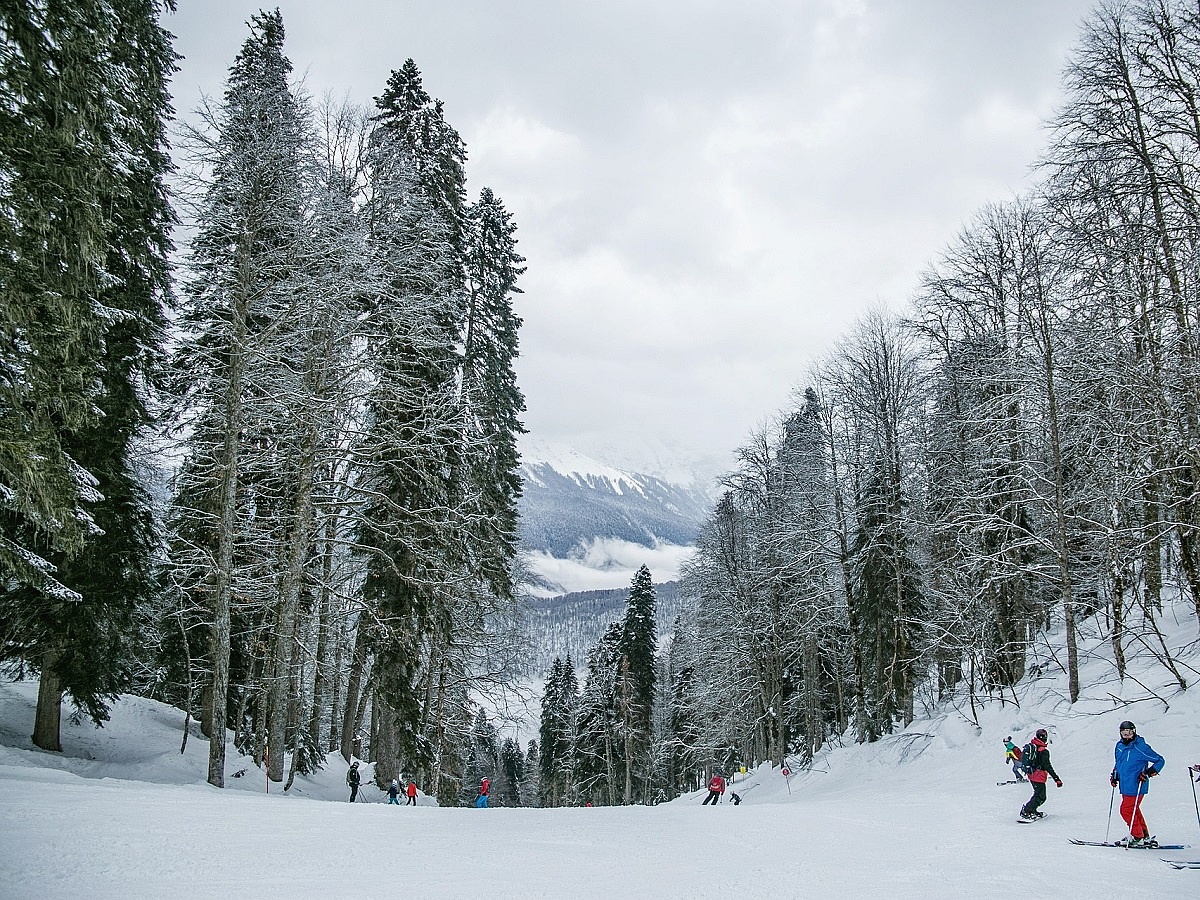Why should I go abroad to get what I have at home? – We asked in a previous article that there are more than 40 ski slopes in Hungary, including the smallest ones, a third of which have lifts, restaurants or ski lodges, and the operation of snow cannons in 6 locations ensures continuous and good quality snow.
According to calculations, the total length of skid tracks can reach 100 kilometers, two-thirds of which are suitable for cross-country skiing, and one-third for downhill skiing. According to the marketing director of Eplény pálya, there will be interest in the local ski slopes in the upcoming winter season, and they are also preparing for it. 29 snow cannons will ensure the quality of the sport.
The question, whether at home or abroad, could not be more important, because what will happen to skiing this year is a serious concern in many countries. In many places in Germany, they can’t even be sure that the slopes are suitable for skiing with snow cannons.
“Here, it is not uncommon for life to start as early as the end of January, although I am optimistic, but I don’t see much opportunity for that this year,” René Lutzsch, owner of the Fichtelberg ski lift company in eastern Saxony, outlined the situation. .
What else was the snow melted?
Usually around this time of year, mountain bikers are replaced by winter sports enthusiasts in the region, when thousands of people take the lifts up the steep slopes of East Germany’s highest mountain. However, temperatures in this part of the country have been unusually mild for weeks. “The little snow that fell so long ago has melted,” the owner complained.
“I don’t remember if we ever went through such a difficult situation,” said Cindy Beck, regional manager of the nearby Ahorn Hotel. the for Deutsche Welle. “In mid-December, when the temperatures were freezing and there was a lot of snow, the local hotels were still very crowded. Then, on New Year’s Day, the temperature was extraordinarily high, as high as 15 degrees Celsius, and the ski slopes were practically empty.”
Local tour guides have had similar experiences. According to one of them, Daisy Richter, occupancy at ski resorts is so low that it has dire consequences for tourism.
Other ski resorts in Germany face similar problems this season. The temperatures were also unusually warm in the Black Forest region. In the Feldberg Mountains, operation of the lifts had to be suspended for a short time, as there was no snow at all.
The situation is similarly difficult in the mountainous Harz region in northern Germany. Here, ski slopes have been forced to close. Alpine ski resorts in Germany have been largely unaffected by the temperature jump this year.
Ministry: Everyone adapts!
Many speculate that Germany’s low mountain regions will encounter such problems more often. The country’s Environmental Protection Ministry expects winters that are shorter and milder than the current one, and the snow line — the level above which snow falls throughout the year — will rise over the years.
Ski resorts must also adapt to global warming if they are to survive. It also means they will have to focus more on alternative and sustainable forms of tourism, such as hiking, the ministry advises.
In the Rothaar Mountains in North Rhine-Westphalia, locals are already facing the harsh reality. “We realized that we couldn’t focus exclusively on winter sports,” said Norbert Lopata, who is in charge of tourism and cultural affairs in the Willingen settlement near the 838-meter-high Etelsberg mountain.
“We can see that winter sports are out of the question in this region, and we have to come up with something else,” said Lopata. The settlement of 6,000 residents records an average of 1 million guest nights a year, and another 4 million people visit the area’s natural beauty spots for one day, “without snow, that number would be lower,” the expert assures.
“This is a completely natural process, the temperature is constantly changing and fluctuating,” Jörg Welk, who has been operating the Etelsberg Cable Car for 23 years, reported his experience. In addition to all this, the man admits that he feels the effects of climate change, “It’s getting hotter.” The local government has set up an area where mountain bikers can race on the mountainside. If there hasn’t been a real winter in 15 years, more and more people will come to the sport, he added.
The situation is no better for the Austrians
the According to ORF.at, the situation is no better in Austria either. In Puchberg am Schneeberg in Lower Austria, 19.7 degrees was measured on New Year’s Day. It’s never been so warm in January at this weather station. A new January record of 19.5 degrees was set on New Year’s Day in Mariahilfberg (Lower Austria) above Guttenstein.
The same applies to some mountain stations: 12.6° on Rachse or 12.3° on Schmittenhöhe near Zell am See, at an altitude of about 2000 metres. Moreover, it was very hot not only during the day, but also at night.
Due to spring weather, many ski slopes are also closed in Slovenia, and in Croatia, the alpine skiers’ World Cup Series downhill competition in Zagreb has been cancelled.












































